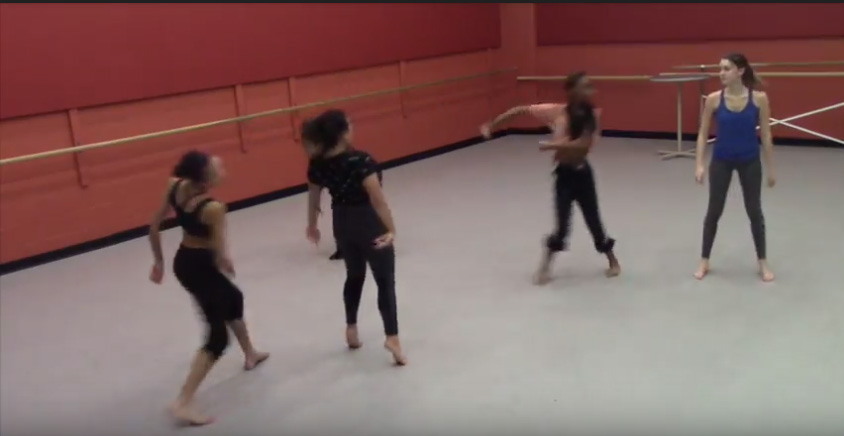Janusphere Artistic Director Darion Smith premieres new choreography this month. The piece, En Bach, was commissioned by Misako Ballet and premieres on Sunday, February 16th at the Jim Rouse Theater.
Choreographed by Darion Smith, the contemporary dance work explores the architecture of the body in close relationship to Bach harpsichord concertos. In three movements, dancers move the space around them with high energy movement motifs.
Now in rehearsals, the dancers and Smith are busy preparing for the upcoming performance.
In addition to En Bach, the February 16th dance concert, which begins at 2:00 pm, will feature the premiere of "The Moon Princess", a one-act ballet created by Misako Aoki, as well as classical selections from "Paquita", "La Bayadere", and "Le Corsaire" and guest artists "KIMONOdeSisters".






































